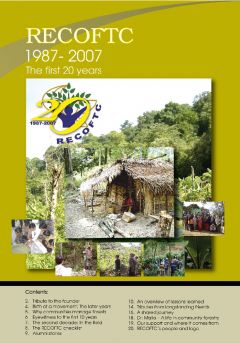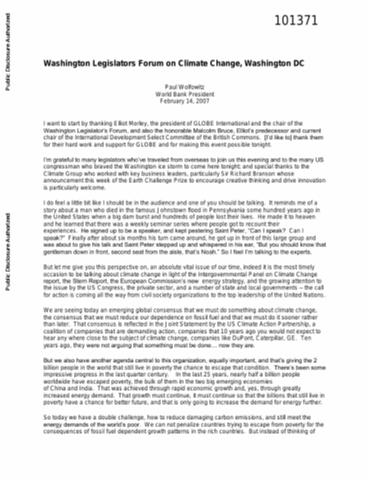Sharing the Wealth: Policy and Legal Frameworks to Support Equitable Sharing of Costs and Benefits from Community Forestry
Community forestry has great potential to improve the welfare of the estimated 450 million impoverished people living in and around forests in Asia. But the extent to which this potential is realized depends strongly upon whether communities are able to secure the benefits that community managed forests generate, and whether these actually reach the poorest at the community level.








